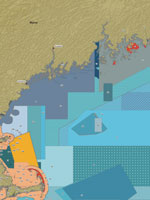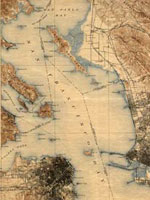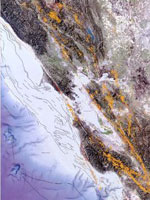The Iranian Hostage Crisis
According to the SpyCast website:
"In November 1979, radical Iranian students overran the U.S. embassy in Tehran, capturing most of the embassy staff—except for six diplomats who found refuge with the Canadian embassy. Today, Peter talks with retired CIA officer Tony Mendez who, in an elaborate deception and disguise operation, managed to exfiltrate the six Americans from Tehran before the Iranians were able to track them down."


